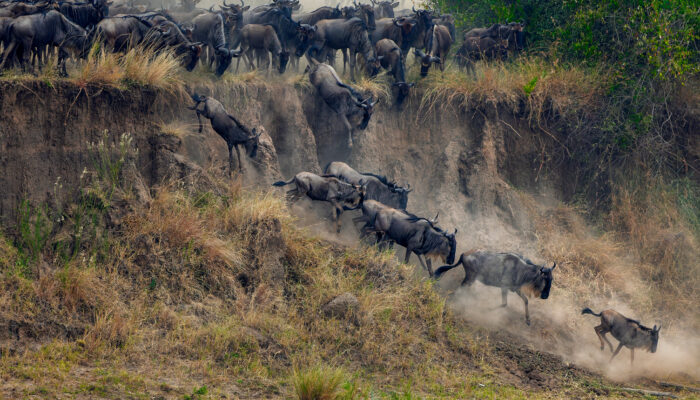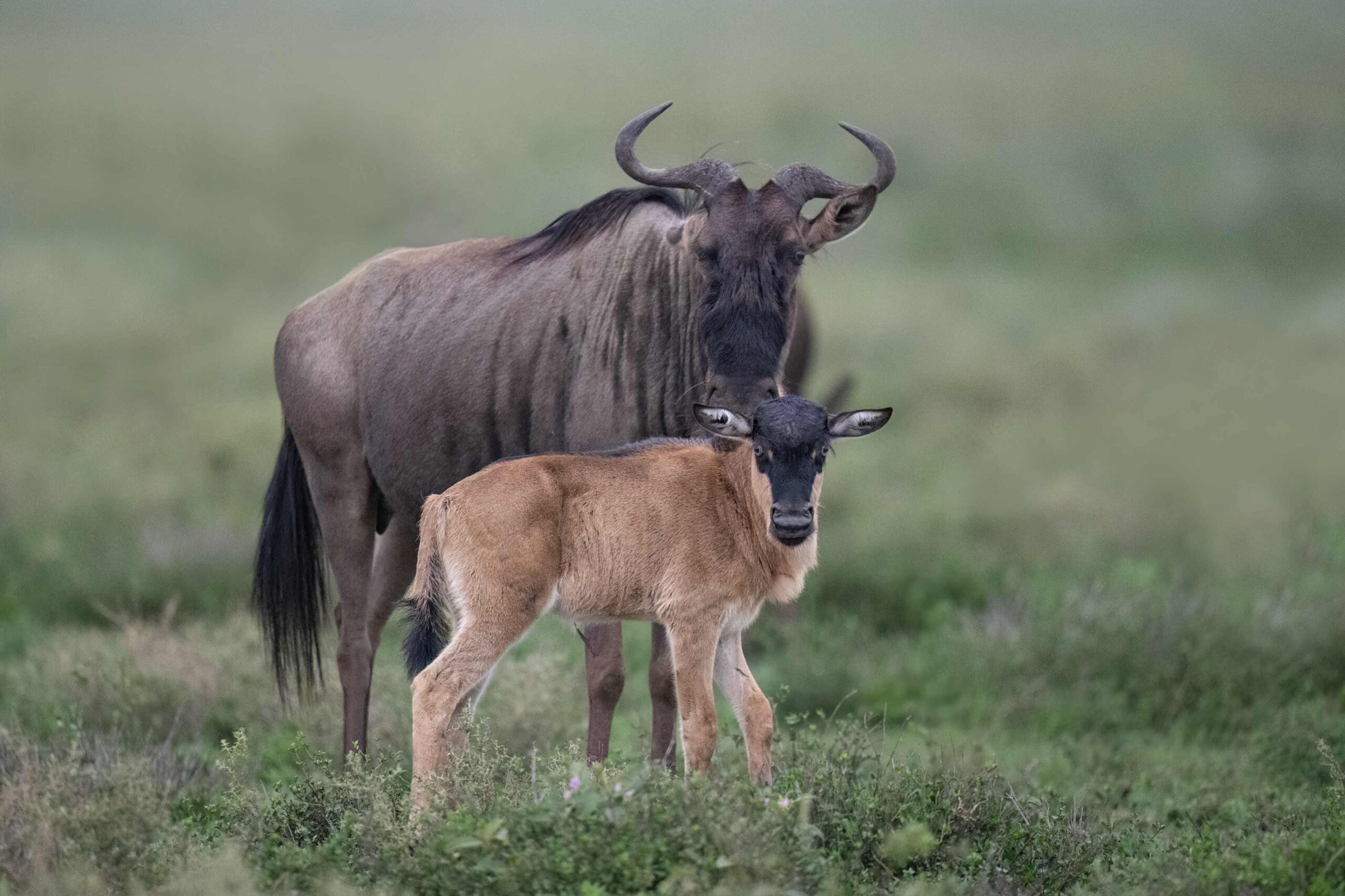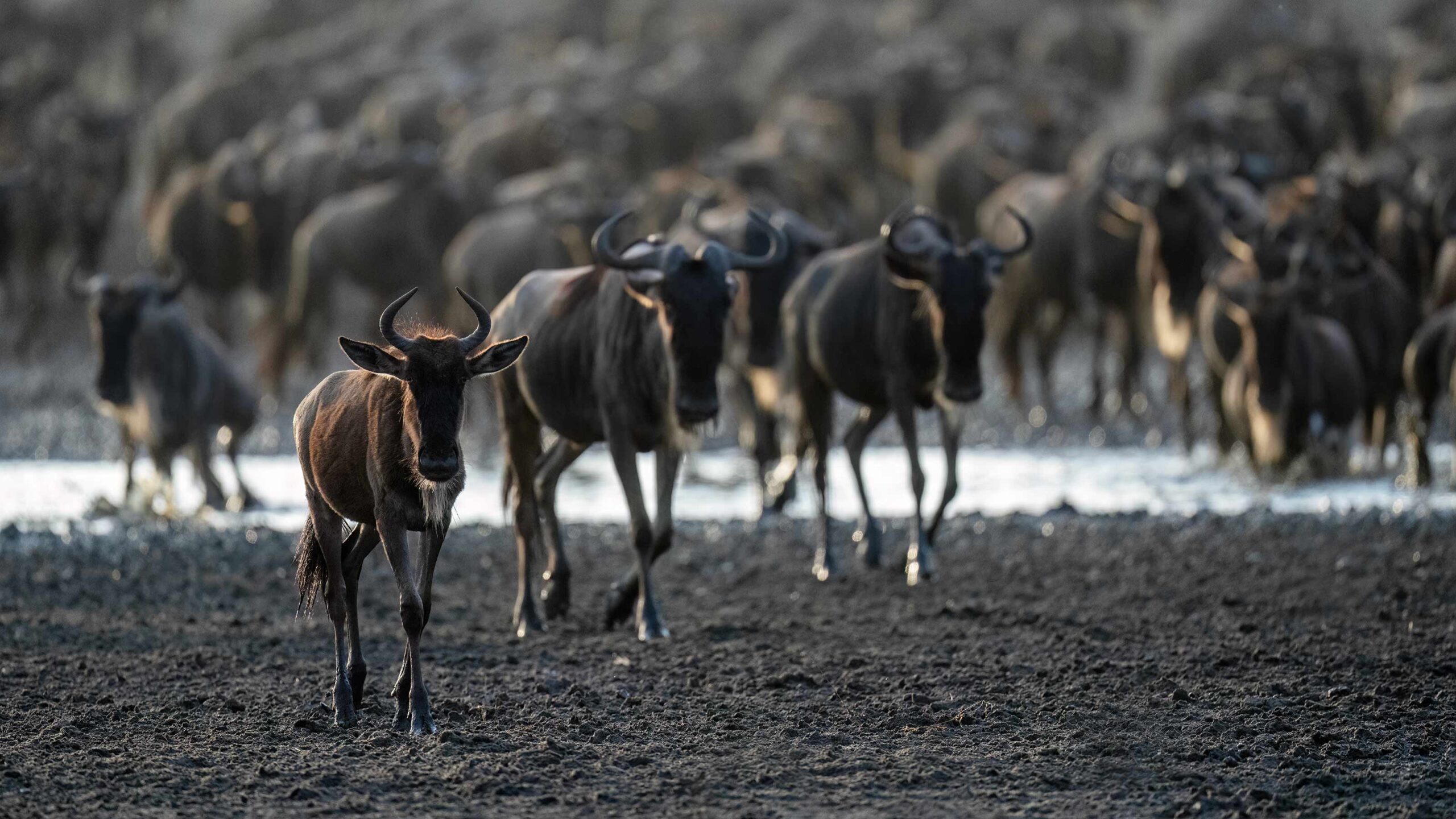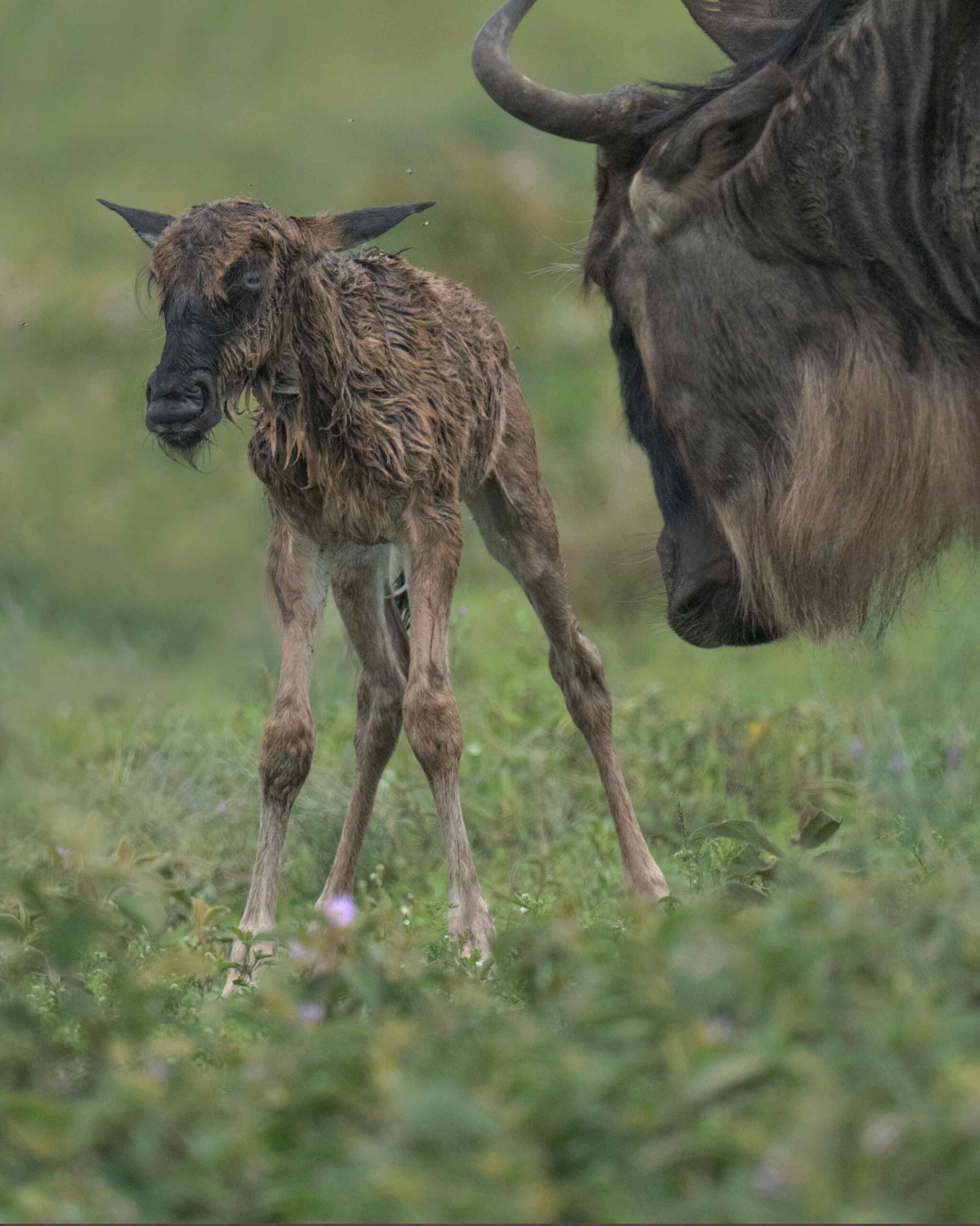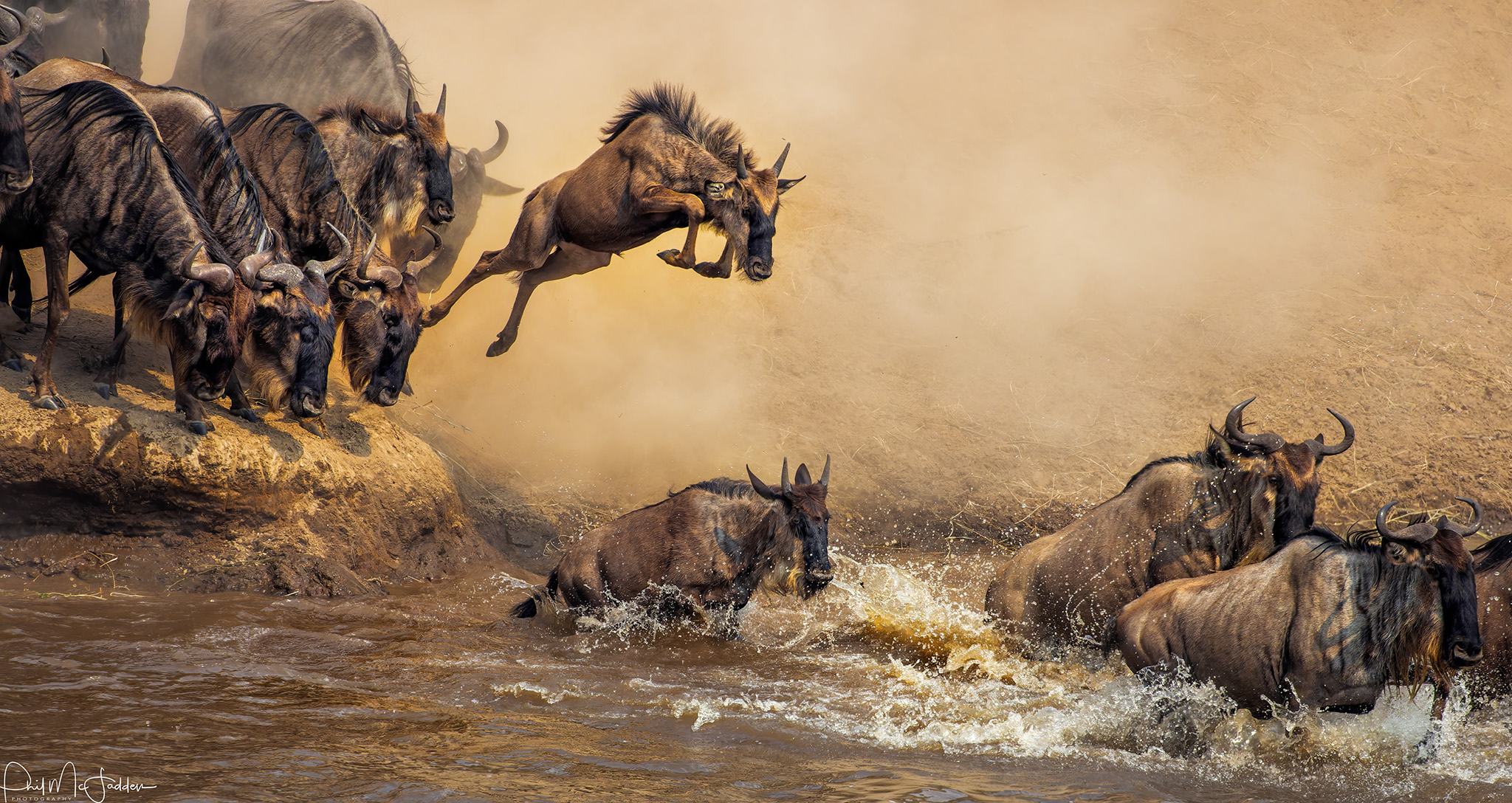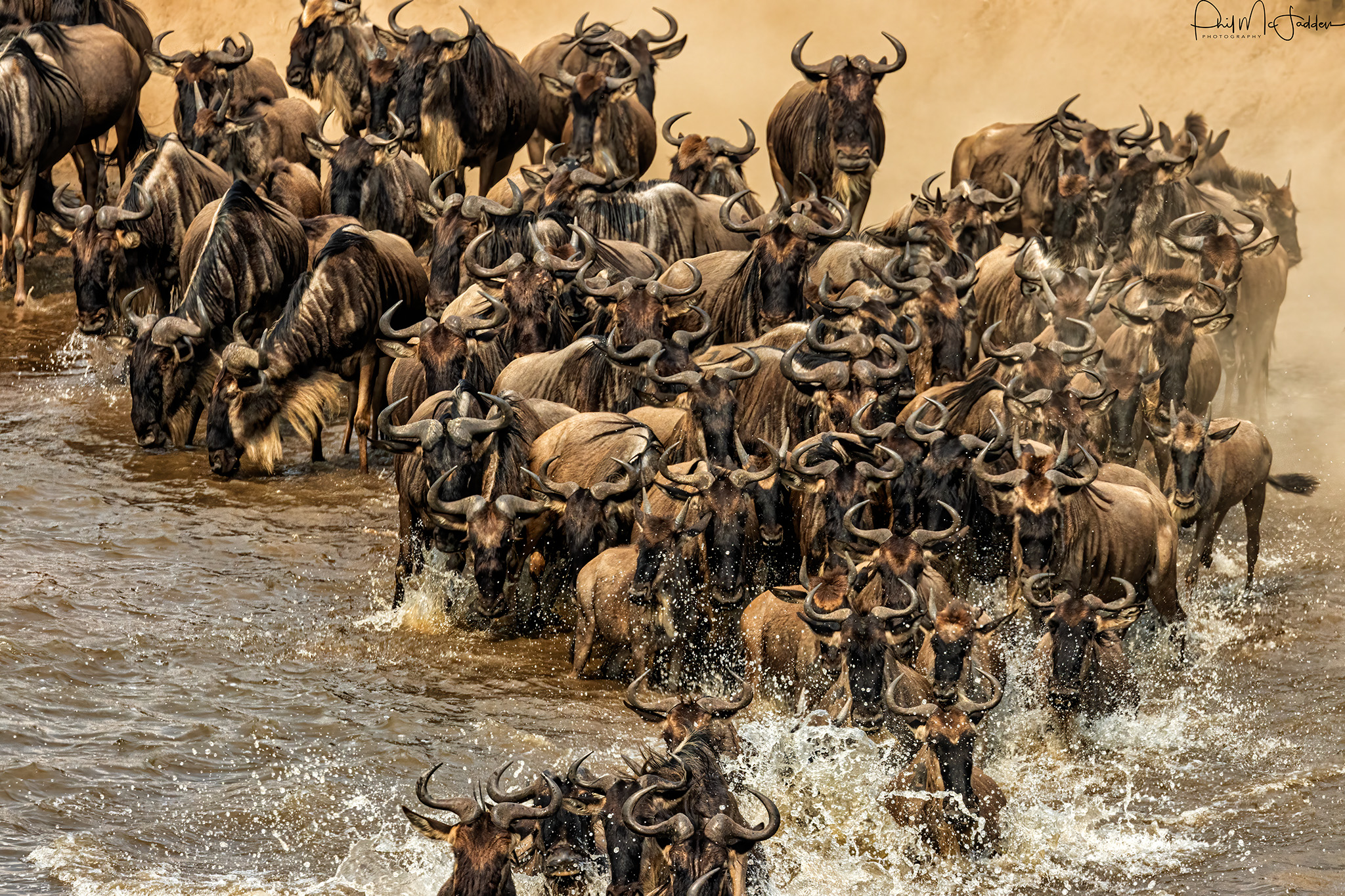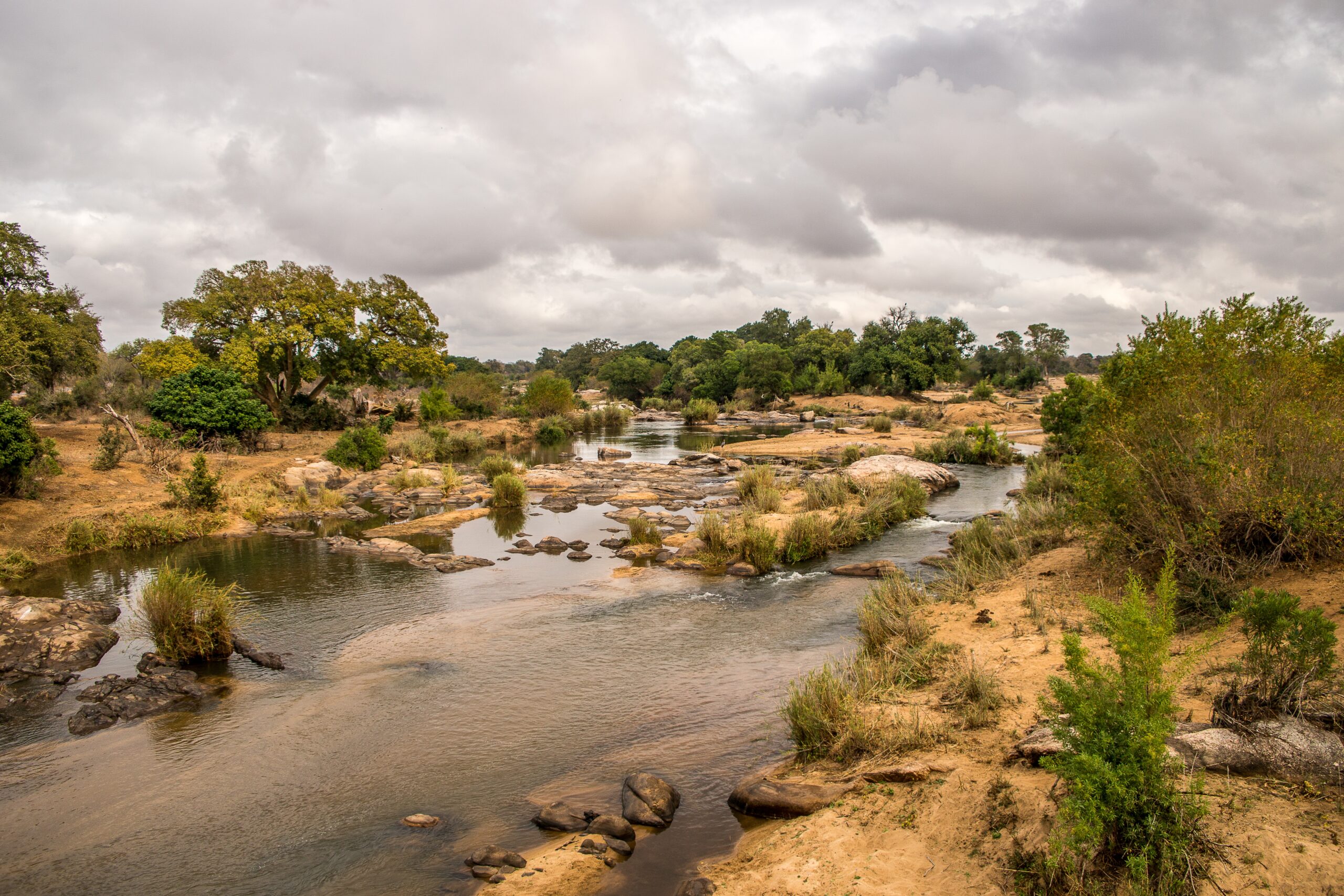The Wildebeest migration of Serengeti
Maasai people called this park ‘Siringet’, meaning endless plains. The Serengeti speaks for itself and with good reason not only the migration of over 1 million wildebeest through its plains and woodlands but also unique landscapes and other spectacular wildlife.
The Serengeti is home to the world’s largest populations of Wildebeest, Zebra, Cape Eland, Lion, Cheetah, Hyena and Gazelles. The scenic beauty of the sky with cool nights and warm days makes your visit to this remaining home for great migration of large mammals incredible!
The Wildebeest Migration
The Great Migration is an annual journey of over two million wildebeest and 20,000 other animals from Tanzania’s Serengeti to Kenya’s Masai Mara. Driven by seasons, they travel 3,000 km in search of fresh grazing and water. This breathtaking spectacle is a must-see for adventurers, showcasing nature’s raw power and survival instincts in an epic wildlife drama.
The wildebeest migration unfolds in phases throughout the year, beginning with calving in the southern Serengeti near the Ngorongoro Conservation Area. Here, newborn calves take their first steps while predators like lions, cheetahs, and hyenas hunt skillfully. As the herds move north, dramatic scenes unfold at the crocodile-infested Mara River, where thousands brave the treacherous waters. Beyond wildebeest, the Serengeti-Mara ecosystem thrives with zebras, gazelles, impalas, elands, and antelopes, all participating in the great migration’s clockwise journey. This awe-inspiring spectacle showcases nature’s delicate balance, offering an unforgettable adventure filled with breathtaking wildlife encounters and thrilling predator-prey interactions.
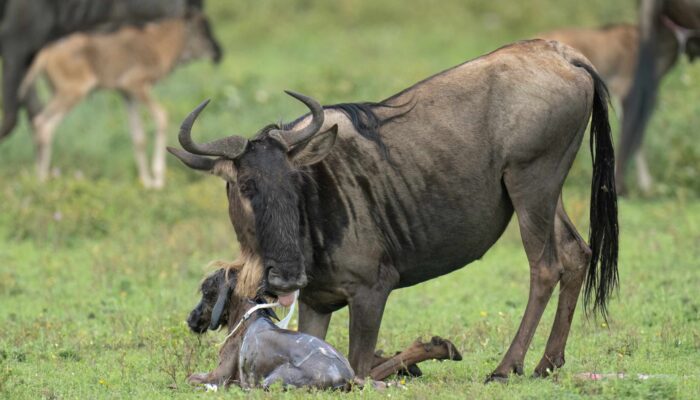
The Southern Corridor
The Southern Plains of the Serengeti are vast, open grasslands renowned for their breathtaking scenery and abundant wildlife. These nutrient-rich plains provide ideal calving grounds for wildebeest, attracting predators and creating a dynamic ecosystem that defines the Serengeti’s iconic landscape. Best time to visit is between January to April before the migration starting to move north wards.
The Great Migration Calving Season Tour Safari
The Western Corridor
The Western Corridor stretches from Lake Victoria, following the Grumeti River, where the Great Migration faces its first treacherous river crossing. Home to large crocodiles, this region challenges migrating herds, creating dramatic wildlife encounters as predators lurk, making it a thrilling spectacle of survival.
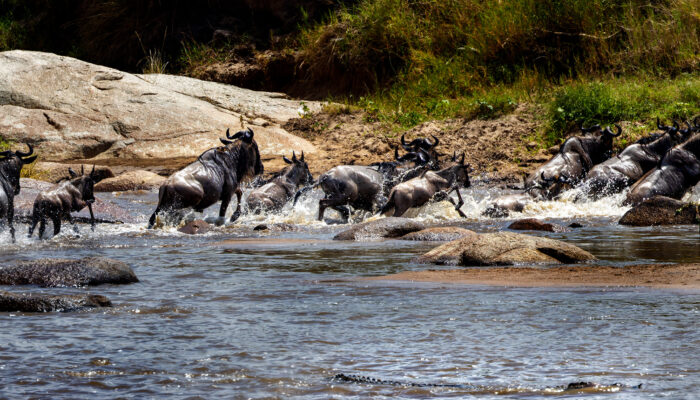
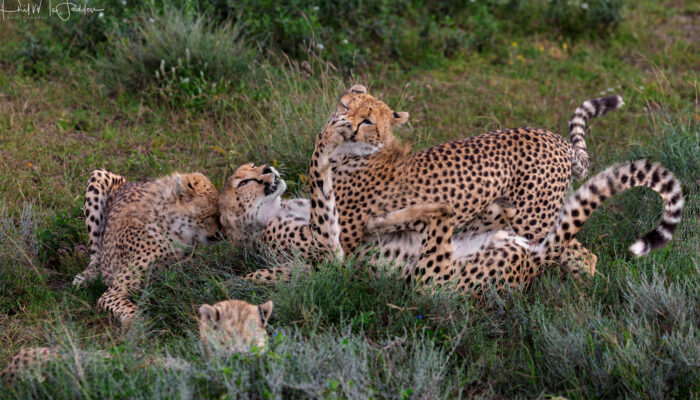
The Central Seronera Corridor
The Central Seronera is a thriving hub of the Serengeti, featuring nutrient-rich grazing lands that support the park’s highest wildlife density. This region offers exceptional game viewing, with abundant predators, diverse herbivores, and a year-round spectacle of nature’s raw beauty. this part is accessible all the year around.
The Northern Corridor
The Northern Serengeti is a remote wilderness, home to the crocodile-infested Mara River, where the Great Migration’s most dramatic river crossings unfold. This untamed region offers breathtaking scenes of survival as wildebeest and zebras brave the perilous waters teeming with predators. This corridor more attractive on the month of June to October.
